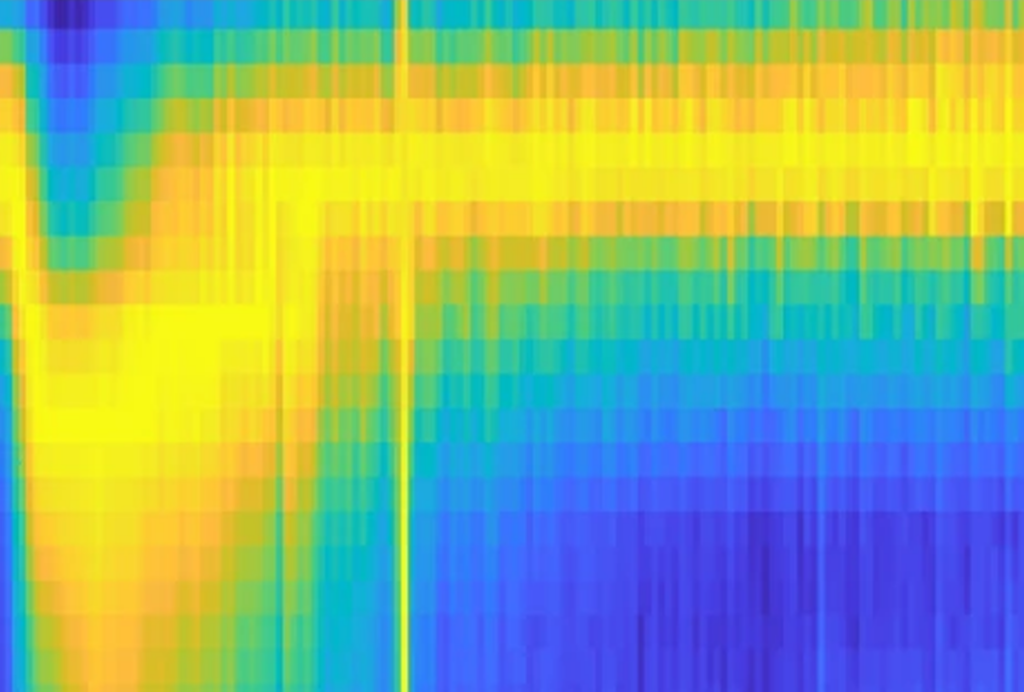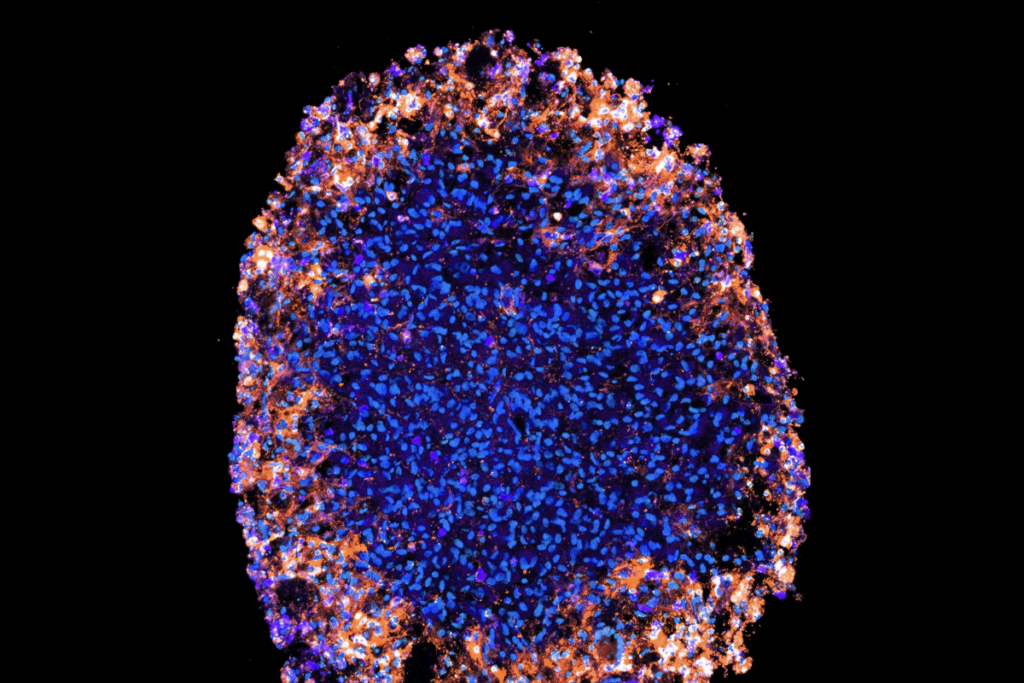Video monitoring could identify autism behaviors
Video surveillance combined with computer algorithms could provide an objective method to monitor the success of autism interventions, according to a study published 3 May in the Journal of Medical Systems.
Video surveillance combined with computer algorithms could provide an objective method to monitor the success of autism interventions, according to a study published 3 May in the Journal of Medical Systems1.
Autism is primarily a behavioral diagnosis that relies on observations by clinicians, parents and caretakers. This makes the results of behavioral and therapeutic interventions vulnerable to the placebo effect.
One solution is to take videos of children who have autism dealing with real-life events — either recreated in the laboratory or, ideally, at home. These videos still need to be analyzed, however, making the approach time-consuming and relatively subjective.
The new study proposes a method to tape interactions in the home setting using a motion-sensing recorder. The same technology used in security videos breaks the data down into components, called video primitives.
To identify behaviors, the researchers suggest a method for annotating the video using keywords for various objects, people and patterns of actions. This allows a computer algorithm to identify specific individuals and their actions.
For example, the algorithm would identify a zebra based on various component parts including the overall shape, as well as its stripes.
The study is theoretical, however, and has not yet been used for research purposes.
References:
-
Jameson R. et al. J. Med. Syst. Epub ahead of print (2011) PubMed
Recommended reading

Among brain changes studied in autism, spotlight shifts to subcortex
Home makeover helps rats better express themselves: Q&A with Raven Hickson and Peter Kind
Explore more from The Transmitter

Dispute erupts over universal cortical brain-wave claim
Waves of calcium activity dictate eye structure in flies

